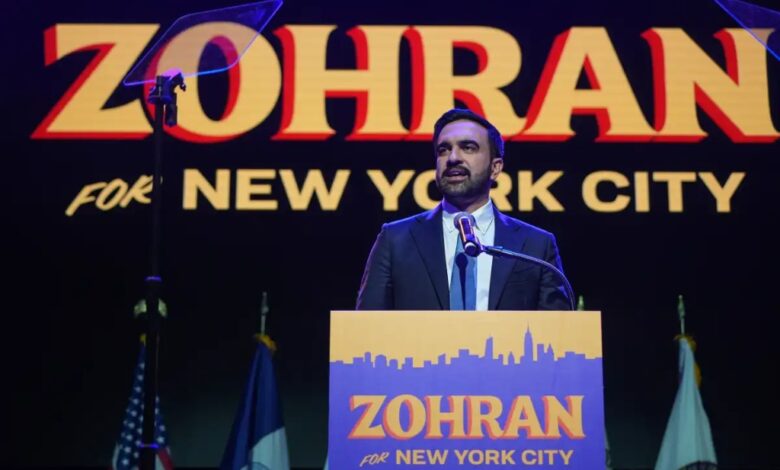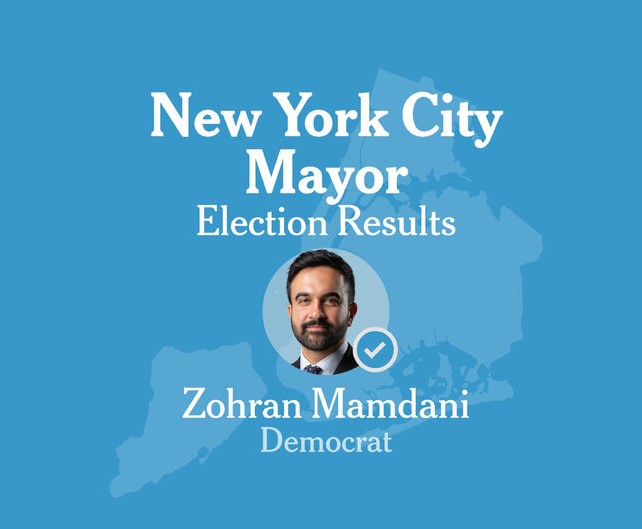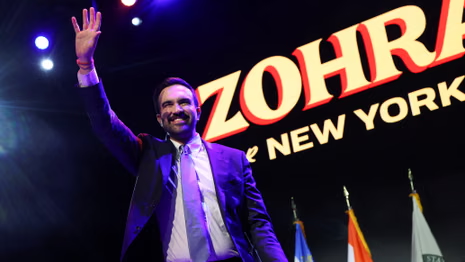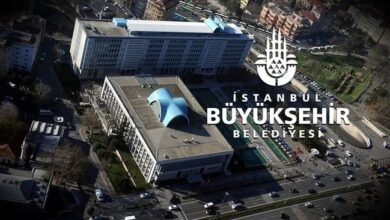Muslim New York Mayor Mamdani Wins For The First Time

A New Political Era: Zohran Mamdani’s Victory Demonstrates The Power Of Progressive Politics And Multicultural Representation In America’s Largest City
NEW YORK, USA – The political landscape in New York City, the largest, most populous, and most culturally diverse city in the United States, has entered a historic new phase with a landmark victory. Zohran Mamdani, the candidate from the progressive wing of the Democratic Party, won the New York Mayoral election held on November 5, 2025. This triumph makes Mamdani the first Muslim mayor in the city’s history, symbolizing the rising visibility and power of Muslim Americans in US politics.

🗳️ ZOHRAN MAMDANI: THE REFUGEE FAMILY SUCCESS STORY
Zohran Mamdani’s life story diverges from the traditional politician profile, instead reflecting the immigrant experience. Born to a Muslim family of Ugandan descent, Mamdani grew up in the diverse neighborhoods of Queens.
- Start of Political Career: Mamdani previously served as a Representative in the New York State Assembly. In that role, he gained significant attention for his activism concerning tenant rights and public transit reforms.
- Progressive Platform: Mamdani’s campaign focused intensely on socialist and progressive policies. His core promises included: fighting economic inequality, implementing radical solutions for the affordable housing crisis, and expanding public transit investment. Therefore, he garnered strong support from a coalition of young voters, low-income communities, and various ethnic groups.
- Historical Symbolism: New York is home to one of the largest Muslim diasporas globally, with estimates pointing to over one million Muslim Americans residing in the city. Consequently, Mamdani’s election serves as concrete proof of the growing visibility and political strength of Muslim Americans in the nation’s political system.

🏙️ EXPECTATIONS AND CHALLENGES: MULTIPLE CRISES ON THE AGENDA
New York Mayor Mamdani assumes office during one of the most challenging periods in the city’s recent history. Key crises and expectations he faces include:
- Asylum Seeker Crisis: The city shoulders an enormous burden in housing and integrating the thousands of asylum seekers arriving in the country. Mamdani’s proposed solutions for this humanitarian crisis will directly impact both the local budget and relations with the federal government.
- Housing and Rent Control: He is expected to fulfill his campaign promise of housing reform, a cornerstone of his platform. However, these promises, which include strengthening rent controls and massive investment in public housing projects, will face fierce resistance from the city’s powerful real estate lobby and investment circles.
- Economic Scrutiny: Mamdani’s progressive fiscal policies will be closely monitored by Wall Street and the traditional business community. As a result, Mamdani must prove how he will source funding for social reforms without creating massive budget deficits or scaring away businesses.
🌐 NATIONAL AND GLOBAL IMPLICATIONS
Mamdani’s victory holds the potential to reshape the face of American politics.
- The Strength of American Democracy: International commentators characterized the victory as “a brilliant testament to the resilience and strength of multicultural democracy.” The fact that a Muslim, immigrant-rooted, and progressive candidate won the right to govern New York symbolizes that the American Dream remains viable.
- The Progressive Wing: Mamdani’s success provides a massive morale boost to the national progressive wing of the Democratic Party. His victory suggests that these policies can garner mainstream support in major US cities.
- Leadership Under Scrutiny: New York Mayor Mamdani, governing America’s largest and most symbolic city, will have every action closely watched on both a national and global scale. His ability to successfully manage this global metropolis will undoubtedly pave the way for similar progressive candidates in the future.
This historic victory is not merely an election outcome; it reflects the constantly shifting demographic and political identity of both New York and the United States.






